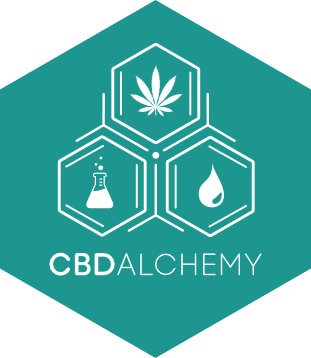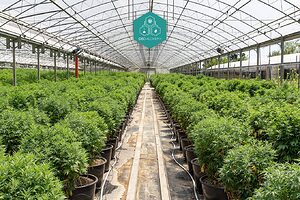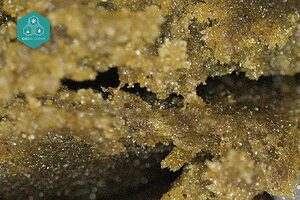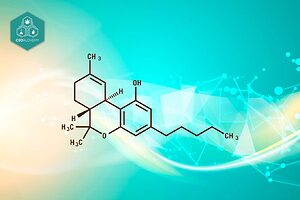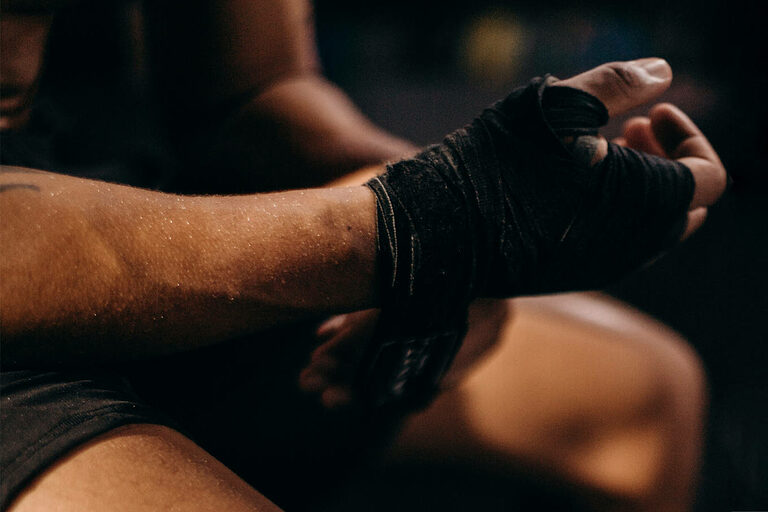
CBD is a very popular product right now. We can see how its use is being implemented in all fields. And one that it has also reached is the field of professional sports.
Following the publication of various studies on the properties of CBD and its effects on athletes, some concluded that they benefit from it. This article will analyze these benefits and the most common way these athletes can ingest CBD. But first, let’s start with the basics.
What is CBD?
Cannabis has been used by mankind for thousands of years. But it was only recently, in the last century, that it became the subject of study. Raphael Mechoulam isolated the structure of its components and later synthesized them. From that moment on, the effects of one of its components, CBD, on our body also began to be studied.
Cannabidiol is a phytocannabinoid that comes from plants. In 2019, the WHO stated in a CBD report that this component is neither addictive nor harmful to health. Likewise, the WHO reports that CBD can be used in medicine at a therapeutic level with encouraging results.
What are the benefits for professional and amateur athletes?
Benefits of CBD for athletes
Studies conducted on CBD have found that it has anti-inflammatory, analgesic, antioxidant, anxiolytic, and anti-nausea properties.
In the case of athletes, CBD has long been used to reduce recovery times. When practicing sports, our body is subjected to great stress.
Our muscles, joints, and tendons are strained and can become damaged or injured. Athletes need to achieve rapid recovery to be able to continue competing on a daily basis.
Therefore, the better and faster the recovery process is, the more beneficial it is for the athletes. For this reason, many athletes use CBD to improve chronic pain problems, inflammation, and nausea or to relax their muscles.
Our body has cannabinoid receptors. And although it is not known for sure how it does it, CBD certainly manages to act on some of these receptors.
For example, it has been proven that it activates the CB1 and CB2 receptors so that they work healthily. It also activates the TRPV1 receptor, which controls our body’s response to inflammation and pain. That is why CBD has analgesic and anti-inflammatory properties.
Let’s now take a detailed look at each of the effects of CBD on athletes and how it is helping them to improve their sports performance.
Anti-inflammatory effect
It is very common for athletes to suffer from inflammation after exercising. The anti-inflammatory properties of CBD are leading many athletes to stop relying on some anti-inflammatory drugs that have adverse side effects on their bodies.
Analgesic effect
In addition to inflammation, it is very common for athletes to feel pain in muscles, tendons, and joints due to the physical demands of the sports they practice. CBD interacts directly with the pain receptors, which makes these discomforts no longer felt, and it can even help people with chronic pain.
Anti-nausea effect
High-intensity athletes put up with incredible physical effort, which causes discomfort, wooziness, and nausea. Studies on CBD have found that it is beneficial for preventing the latter.
Antioxidant effect
Finally, other ailments that accompany athletes after exercise are stiffness. CBD has antioxidant effects that help our body with fatigue and stiffness caused by intense physical exercise.
Now we still need to know how athletes can consume CBD.
What is the best way to enjoy the benefits of CBD?
Although it is only regulated for topical use in Spain, there are several ways in which an athlete can use CBD. Athletes widely use CBD Oils and Triple Strength Cream. Several topical creams and balms can help us without getting into our bloodstream.
It is also common to use CBD by inhalation or through drinks and foods such as teas, infusions, chocolates, or lollipops.
Bibliography and additional resources:
CBD Dosage Calculator. https://cbddosagecalculator.com/start/
Atalay, S.; Jarocka-Karpowicz, I.; Skrzydlewska, E. Antioxidative and Anti-Inflammatory Properties of Cannabidiol. Antioxidants 2020, 9, 21. https://doi.org/10.3390/antiox9010021
Sociedad Española de Investigación sobre Cannabinoides. (2002). Guía Básica sobre los Cannabinoides. https://www.seic.es/wp-content/uploads/2013/10/guiab%C3%A1sicacannab.pdf
